Nestled among a mix of contemporary and late nineteenth-century homes on Kings Highway stands a distinguished stone residence that predates the founding of the United States. The house occupies a site in the farming community of Mickleton, part of East Greenwich Township. The property was first deeded in 1688 as the Neat Farmers Plantation and originally encompassed more than one hundred acres of farmland. The earliest portion of the home was constructed for Joseph Young in 1725. Built of locally quarried stone, the two-story dwelling with a loft served as the family home of Joseph and his wife Elizabeth, who raised their children there until 1772.
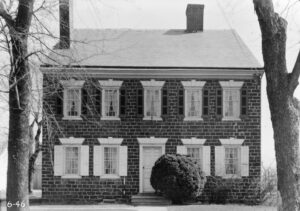
Tonkin Otto, HABS documentation c. 1936
In 1772, Dr. Bodo Otto Jr. acquired the property at a sheriff’s sale, with the deed noting that the heirs of Joseph Young retained the right to the family burial ground located on the premises. Dr. Otto graduated from the University of Pennsylvania in 1771 and, in 1776, joined General George Washington’s army as a surgeon. It is believed that both he and his father, also a surgeon and an earlier tenant of the property, participated in Washington’s crossing of the Delaware River and the subsequent Battle of Trenton. In 1777, a Revolutionary War skirmish known as the Battle of Saunder’s Run took place nearby. During this conflict, the home was burned for the first time by British sympathizers. Despite the devastation, the stone structure was later repaired, standing as a lasting witness to the struggle for independence. Dr. Otto Jr. continued his service at Valley Forge and later succumbed to consumption in 1781 after years of dedicated service to his country.
In 1798, Samuel Tonkin purchased the property and began a significant expansion that transformed the residence. He added a full third floor and a formal front façade, creating a spacious home with nine bedrooms and eight fireplaces, including a large walk-in hearth in the kitchen. The house ultimately grew to more than 4,000 square feet. The smokehouse bears a stone marked “ST 1800,” while another on the north wall beneath the fourth window is inscribed “Samuel Tonkin 1819.” Over the years, the property endured several fires, leaving visible burn marks that remain as authentic traces of its history and endurance.
Following Tonkin’s death in 1819, the home passed through a succession of owners and occupants. Remarkably, the building remains approximately eighty-five to ninety percent intact, retaining its original six-over-nine pane windows, wide plank floors, and massive kitchen hearth. The home was added to the National Register of Historic Places on December 12, 1976, in recognition of its military and architectural significance.
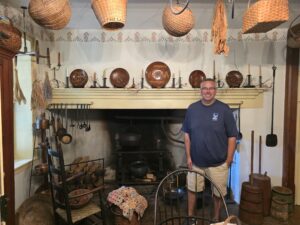 In March 2024, the property was purchased by Cory David, who began an extensive restoration and moved his family into the residence during the summer. The home is now occupied by Cory, his wife Stephenee, his mother Regina, his brother Kevin, and their dogs. During the pandemic in 2020, Cory and Regina rediscovered their shared passion for antiques and early American furnishings while in Florida. After returning to New Jersey with several trailers of eighteenth- and nineteenth-century pieces, they began searching for the ideal home to showcase their growing collection. When they discovered the Mickleton property, Cory persuaded Stephenee, who had previously preferred modern construction, to embrace the charm and character of an eighteenth-century home. With the thoughtful restoration and the addition of a pool, she came to share his enthusiasm. Today, Cory and Regina can often be found exploring antique shops and local auctions, while Stephenee enjoys quiet afternoons by the pool, reading and reflecting on the history that surrounds their family’s enduring home.
In March 2024, the property was purchased by Cory David, who began an extensive restoration and moved his family into the residence during the summer. The home is now occupied by Cory, his wife Stephenee, his mother Regina, his brother Kevin, and their dogs. During the pandemic in 2020, Cory and Regina rediscovered their shared passion for antiques and early American furnishings while in Florida. After returning to New Jersey with several trailers of eighteenth- and nineteenth-century pieces, they began searching for the ideal home to showcase their growing collection. When they discovered the Mickleton property, Cory persuaded Stephenee, who had previously preferred modern construction, to embrace the charm and character of an eighteenth-century home. With the thoughtful restoration and the addition of a pool, she came to share his enthusiasm. Today, Cory and Regina can often be found exploring antique shops and local auctions, while Stephenee enjoys quiet afternoons by the pool, reading and reflecting on the history that surrounds their family’s enduring home.
As a private residence, it is not always easy to visit historic homes that remain in private ownership. However, this fall/winter, this remarkable property opens its doors as a featured stop on the East Greenwich Historical Society’s Christmas Candlelight Tour. Cory warmly welcomes visitors and delights in sharing the stories of the home’s past, ensuring that its legacy continues to inspire future generations.
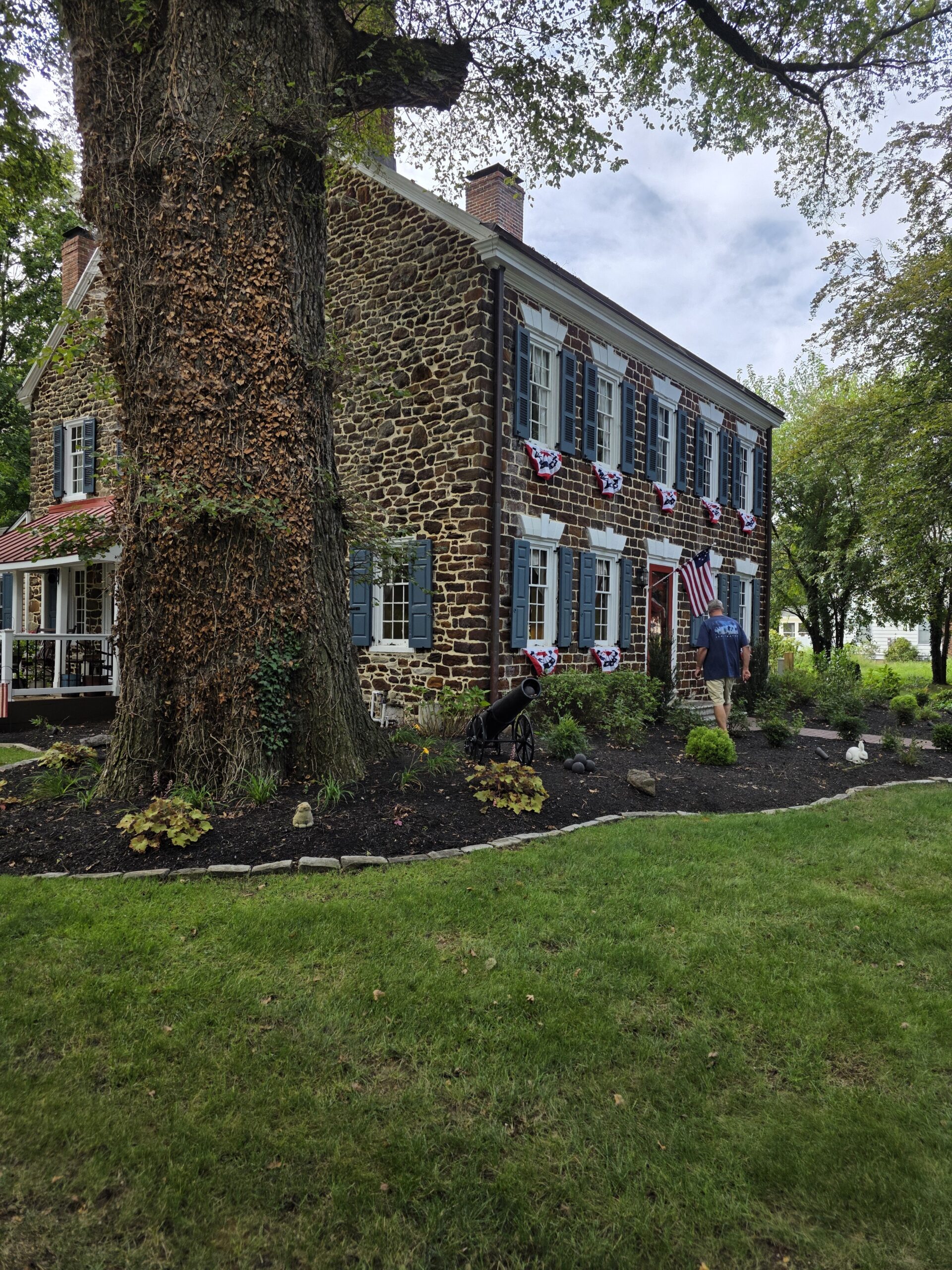
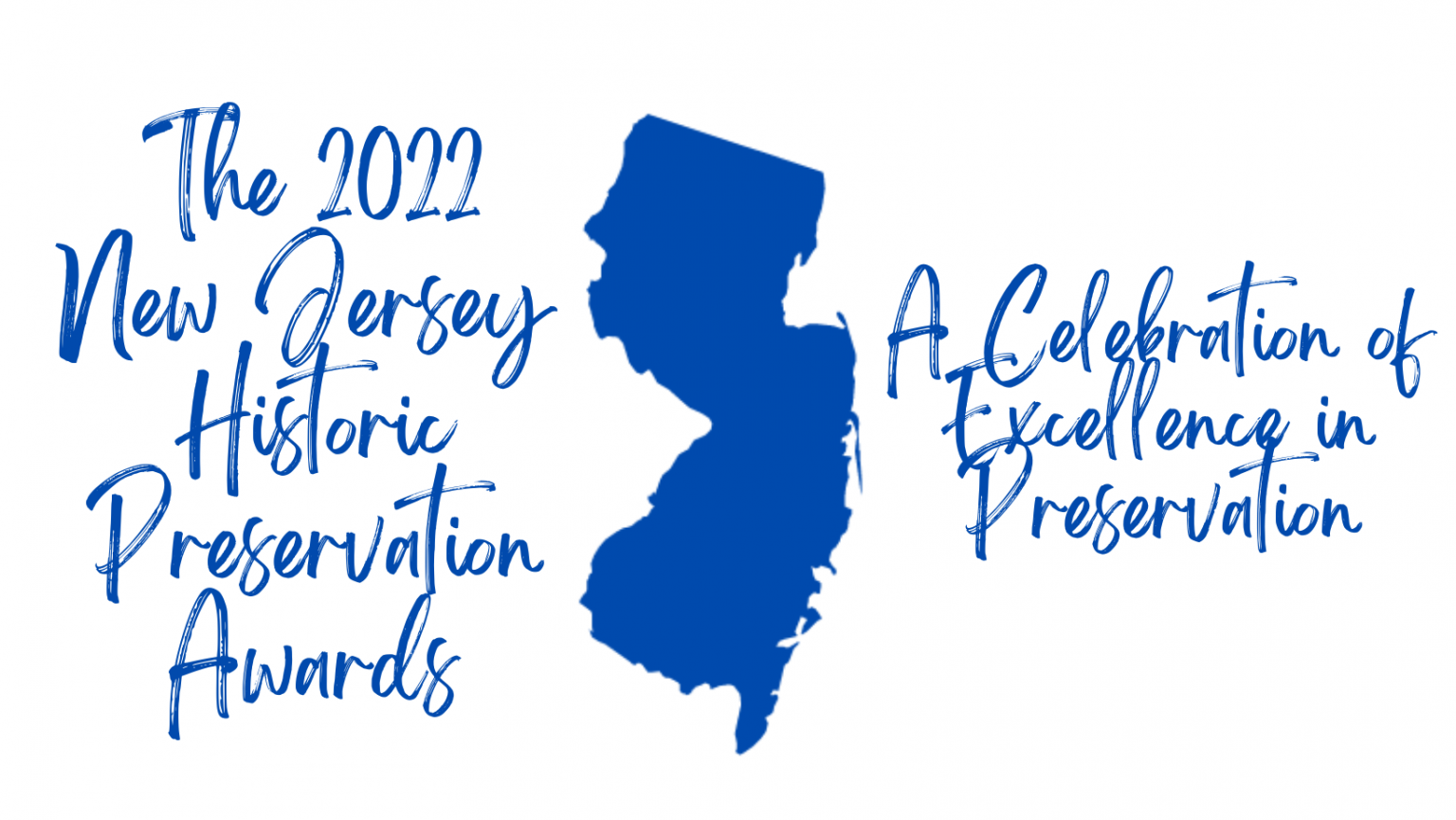


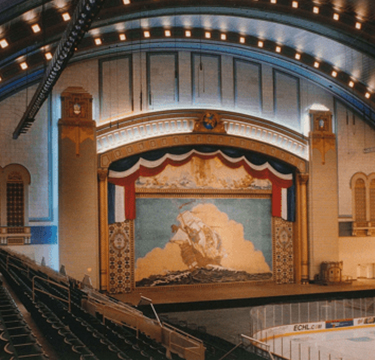
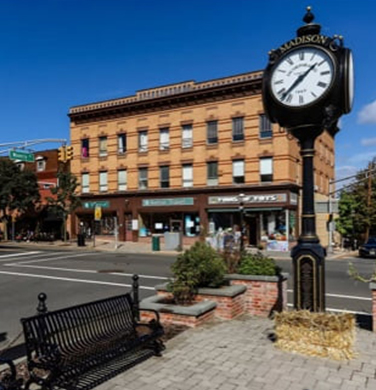

Stuart J Smith
| 3 November 2025I am happy to learn about this house and its careful care and preservation. NJ had the most HABS documented houses and that have been destroyed for the Interstate system and reservoirs and corporate developments.